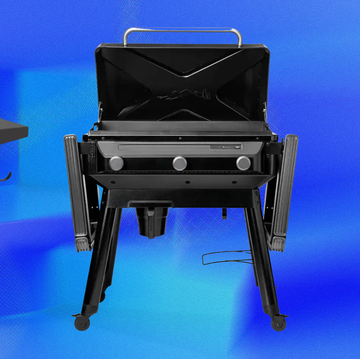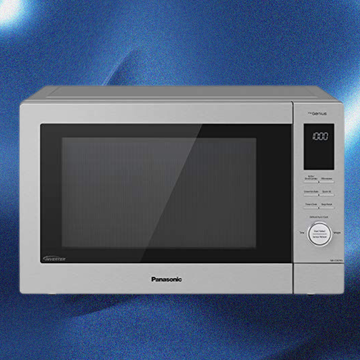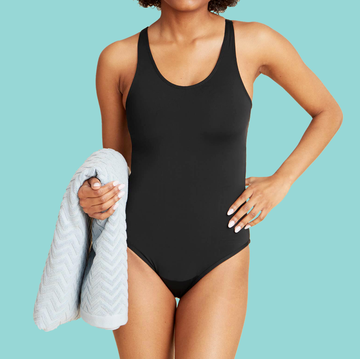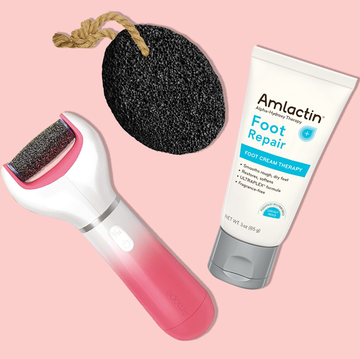These 6 Dehumidifiers Are Built to Last, According to Our Testing
Matching the machine to your home's conditions will ensure solid air-drying performance over the long haul.

We've been independently researching and testing products for over 120 years. If you buy through our links, we may earn a commission. Learn more about our review process.
Dehumidifiers are put to work in some pretty unpleasant places — dank basements, mildewy bathrooms, stagnant crawl spaces. Those tough conditions can cause premature failure in a dehumidifier, especially if you go for a cheap unit or one that’s not sized correctly for the space.
To find the best ones, our team in the Home Improvement & Outdoor Lab at the Good Housekeeping Institute tested more than a dozen dehumidifiers across every size category. Job number one for any dehumidifier is pulling moisture from humid indoor air, quickly and efficiently. Our top picks all excelled at that performance test, which we conducted in our Lab as well as in the homes of expert testers, since we need to see how dehumidifiers perform in real-world conditions (the same way we do with other home comfort equipment, like portable ACs, air purifiers and ceiling fans).
Having written thousands of product reviews and how-to articles on all aspects of home ownership, from routine maintenance to major renovations, Dan (he/him) brings more than 20 years of industry experience to his role as the director of the Home Improvement & Outdoor Lab at the Good Housekeeping Institute. A one-time roofer and a serial remodeler, Dan can often be found keeping house at his restored Brooklyn brownstone, where he lives with his wife and kids.
As a data engineer in the Good Housekeeping Institute, Nik (he/him) works with all of our Labs to develop testing protocols and manage data collection and analysis. Before joining Good Housekeeping in 2022, Nik worked in the labs of MIT and Regeneron, working on projects ranging from chemical inventory and reporting to the development of bioassays. He holds a degree in chemical engineering from Northeastern University.


The 15 Best Natural and Organic Sunscreens

The Best Mosquito Repellents
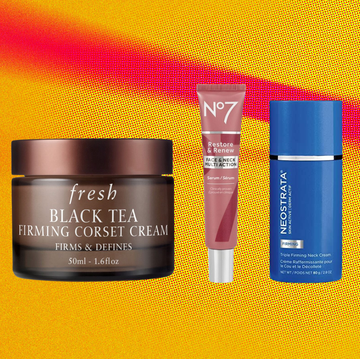
The Best Neck Firming Creams
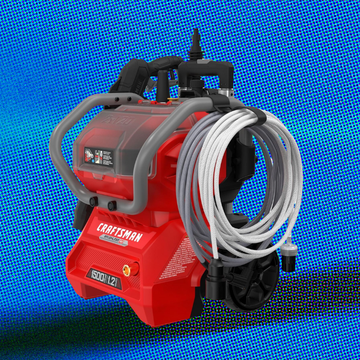
The Best Pressure Washers
















